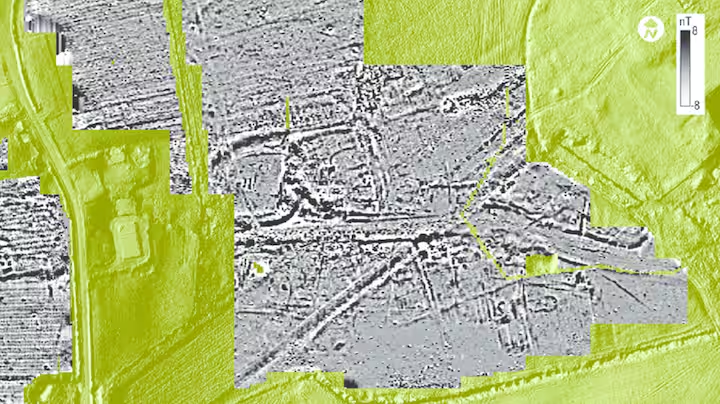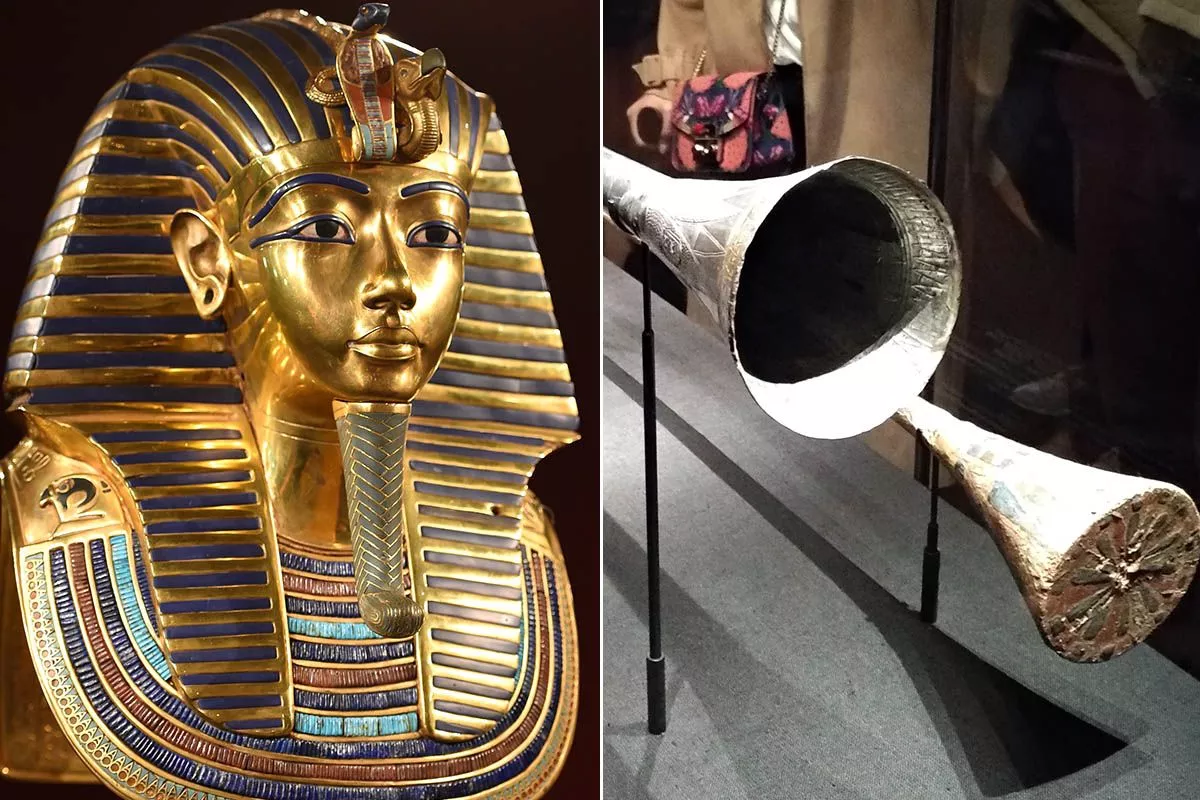There is one element of magic that is common to Egyptologists and can be found all the time, they are magical servant statues. The Egyptians were resurrectionists who believed that in the next world, they were literally going to get up and go again and work. They viewed the next world as a continuation of this one where you bring everything you could.
Ushabtis are small servant statutes placed in the tomb to be carried into the next life.
Hope For the Better
Egypt was mainly agrarian, a farming country, and they viewed the next world as a place where there’s going to be a lot of farming. They were going to be in the Elysian Fields, so to speak. And if you look on tomb walls, you see these scenes of people farming in the fields of the next world. There’s a plow, there might be an oxen pulling the plow. But, the people were always dressed up in their finest linens because they believed the next life is going to be better than this one.
The ancient Egyptians, when they thought about the next world, figured that they were going to be called upon to do farm labor in the next world, but the next world was going to be better
Ushabti – the Servant Statues
The Egyptians believed that the next life will be better because they will have servant statues. So, statues called ushabtis were made and placed in the tomb. It is an ancient Egyptian word which means “answerer,” from the verb wesheb, “to answer.” “W” and “u” are the same, so it’s wesheb or usheb. Ushabtis—meaning “I’m answering.” So, when you were called in the next world to do work, these little statues would say, “Here I am!” and it would get up and work for you.
Many Egyptians were buried with 365 of these statues — one for each day of the year. The kind of statues you had depended upon what you could afford. Some of them are beautiful works of art, made out of faïence, which is a quartzite paste.
The Figure of the Ushabti Statues
Usually, the ushabti has two or three characteristics that explicitly denoted that this was a servant statue. One is, the legs are together because he’s wrapped like a mummy. It’s associated with Osiris, because it’s going to be in the Land of the Dead. But also, the hands are crossed across the chest. And in the hands are farm implements since they are going to work in the next world.
Sometimes, over the back of the shoulder of these statues is a seed pack for them to go through the fields and throw out the seeds in the next world. Also on every ushabti statue, if you were wealthy, is a magical spell from the “Book of the Dead.” So these ushabti statues became a central part of Egyptian culture. There were whole factories that made these, cranking them out of molds.
For every 10 ushabtis you had, you had an overseer ushabti to make sure they worked. And the overseer ushabti, you can tell, is different – he has a starched kilt on. While going into the tomb, they were packed very neatly in boxes—little ushabti boxes.
If you were real poor, you couldn’t afford these big beautiful faïence ushabti statues. They would be made out of perhaps terracotta.
Oracle Statues
There were also statues that were called “oracle statues”. These were statues of the gods, that could supposedly talk. There is no statue ever found that we could think is an oracle statue. They are a little like a mannequin, almost like a puppet, where the jaw might drop open and close.
These oracle statues were central to the culture. Again there is actually a papyrus that records the case of an oracle statue who solved a crime. Some watchman was sleeping on the job at the warehouse. And some shirts were stolen while he was sleeping. And the question was, who took it?
Now, this watchman, who thought he knew who stole his shirts, went before an oracle and named the person he thought stole the shirts. That person came and denied stealing the shirts. But, the oracle nodded or indicated in some way, that he was indeed the person who stole the shirts.
They were allowed a second hearing and they went to another oracle statue. And this watchman who had slept on the job started reading the names of the people in the village. And when he got to the name of the person he had accused, the oracle indicated that he was really the person stealing the shirts. That person was then convicted. So oracle statues could in some way speak and had legal weight.
Common Questions about Egyptian Magical Statuettes for the Next Life
Q: What is a Ushabti?
Ushabtis were small magical servant statues that were placed in the tomb to get up and work in your place in the next life. It is an ancient Egyptian word which means “answerer,” from the verb wesheb, “to answer.” “W” and “u” are the same, so it’s wesheb or usheb. Ushabtis—meaning “I’m answering.” So, when you were called in the next world to do work, these little statues would say, “Here I am!”.
Q: What were oracle statues?
Oracle statues were statues of the gods, that could supposedly talk. They are a little like a mannequin, almost like a puppet, where the jaw might drop open and close. These oracle statues were central to the culture and they also held legal weightage.
Q: What were the characteristics of Ushabtis statues?
Usually, the ushabti has two or three characteristics that explicitly denoted that this was a servant statue. One is, the legs are together because he’s wrapped like a mummy. It’s associated with Osiris, because it’s going to be in the Land of the Dead. But also, the hands are crossed across the chest. And in the hands are farm implements since they are going to work in the next world.







